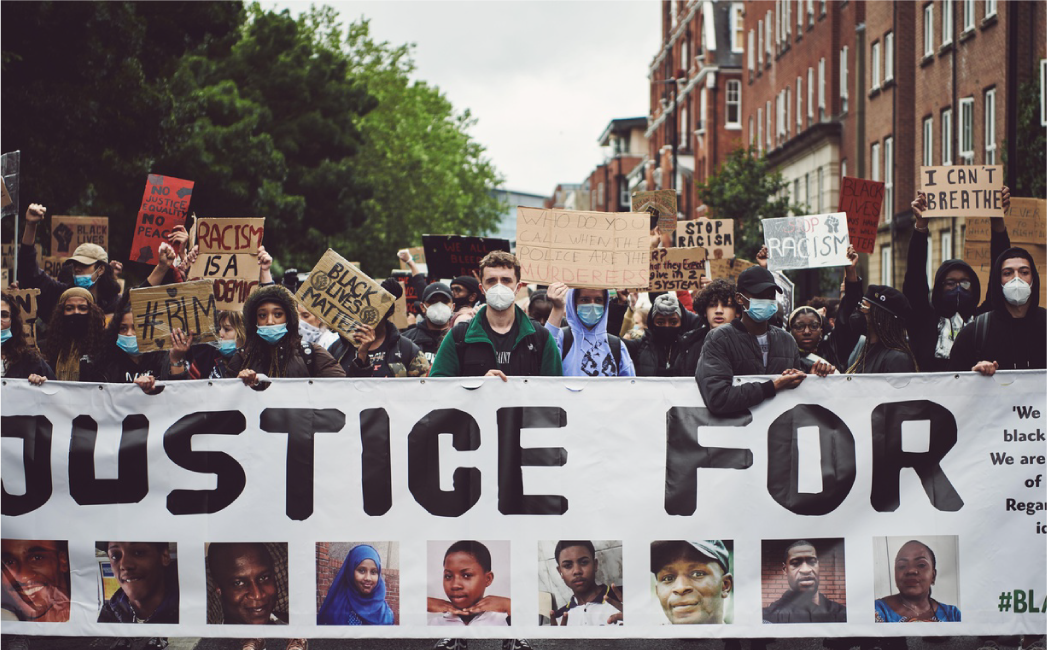The year 2020 will go down in history as one of the most memorable years of our lives. People all over our nation and the world are grappling with various social, economic, and political issues that directly impact our lives. Now more than ever it is our responsibility as educators to help our children become informed citizens capable of questioning sources and formulating their own opinions. It is equally as important to ensure that the classroom space is one that responsibility honors diverse perspectives while getting at the heart of core issues.
As a former high school history teacher, I always saw the value and importance of creating a space where my students felt our classroom community was a place where they can learn about and discuss current issues impacting our communities. As an instructional coach at Classical, I feel it is necessary to empower our teachers with the space and tools necessary for leading meaningful conversations on social issues. Integrating current events into the classroom can be challenging at first, but with strategic planning and consistency it can be one of the best parts of your teaching experience. Here are my five tips for successfully incorporating current events into your classroom.
1. Create the Space
The first real step in integrating current events in your classroom is creating the space. As educators, we are all juggling so many tasks and it is easy to get sidetracked and lose sight of the greater vision we hold for our classroom communities. To prevent this, create a schedule that allows for a consistent day and time each week to discuss current events. Block this time off from other subjects and lessons and hold it as sacred as you would any other scheduled piece of your curriculum. Consider your own capacity when scheduling out this time. Incorporating current events responsibly requires that you are informed on multiple perspectives of a certain issue, which means you also need the time to do your own research. Start with incorporating shorter amounts of sacred space for current events and then gradually add more time if it’s possible within your curriculum and capacity limits. Creating a standing schedule with a specific day and time will help make this a consistent part of your class work and will also improve the quality of lessons and discussions that take place.
2. Prepare Your Students for Difficult Conversations
It is essential that educators create a safe space where students feel encouraged to share honestly and reflect on their own perspective without ridicule or judgement. Because of this, it is important that classroom norms are established from day one of instruction and teachers continue to prioritize class culture and community building. This can happen through activities such as journaling, team building tasks, structure classroom discussions, and the creation of classroom contracts. It’s imperative that each person in the room feels empowered enough to address behaviors that do not align with the classroom norms, and that as the classroom leader we plan tasks that allow our students to practice advocating for themselves and members within the group. Laying the groundwork for difficult conversations in the beginning of the school year will help when controversial and sensitive events occur and are necessary to discuss within the class community.
3. Give Students a Voice
Part of what makes learning about current events so exciting is the fact that there is so much to learn. There are so many stories and so much information out there and making currents events a routine part of class discussions allows our students to begin researching and selecting stories and topics that interest them. By giving students a choice in what topics you explore, you are reinforcing the idea that their voice matters. This will give them an opportunity to become leaders within their classroom and will help foster a class community where everyone is a teacher, and everyone is a learner.
4. Teach into questioning the Source
In order to engage in the news cycle in a productive way, we have to teach into questioning the source, considering perspective, and being cognizant of bias. We must ensure that the news sources we choose to bring into our classroom are trustworthy and reflect a diverse range of voices. Because of this, the first few lessons should be spent reflecting on the importance of questioning the source. A few questions to consider are:
- Who wrote the source? What organizations or groups do they represent?
- What themes or issues are covered by major news outlets and why?
- Which perspectives have been chosen?
- Which perspectives have been eliminated?
5. Reflect
When we reflect, we learn and we grow. At the end of each lesson students should be able to reflect on the effectiveness of the class and educators should spend time reflecting on their own and planning for upcoming lessons based on trends that emerged during class discussion and topics that are covered. As an educator, your ability to reflect on your success in creating safe spaces for these conversations is key. You should consider which students feel most comfortable sharing ideas and why. Did you frame questions objectively? Did you successfully navigate the conversation objectively and without biases of your own? Did you notice opportunities to incorporate student leadership in future conversations? Deep, thoughtful, and transparent reflection on your own will ensure that your ability to navigate complex and often difficult conversation in the classrooms continues to evolve.
It is essential that we use our classrooms to help develop our students’ critical thinking skills and provide them with the tools necessary to engage in reflective conversations on important issues. By creating a space where students feel valued, heard, and empowered to speak on current topics, we’re equipping them with the skills they need to navigate the world as informed citizens. And, as educators, we’re preparing the next generation of leaders to think critically, respect diverse perspectives, and find common ground amid conflict – skills we know all leaders need to build a better world now, and in the future.



